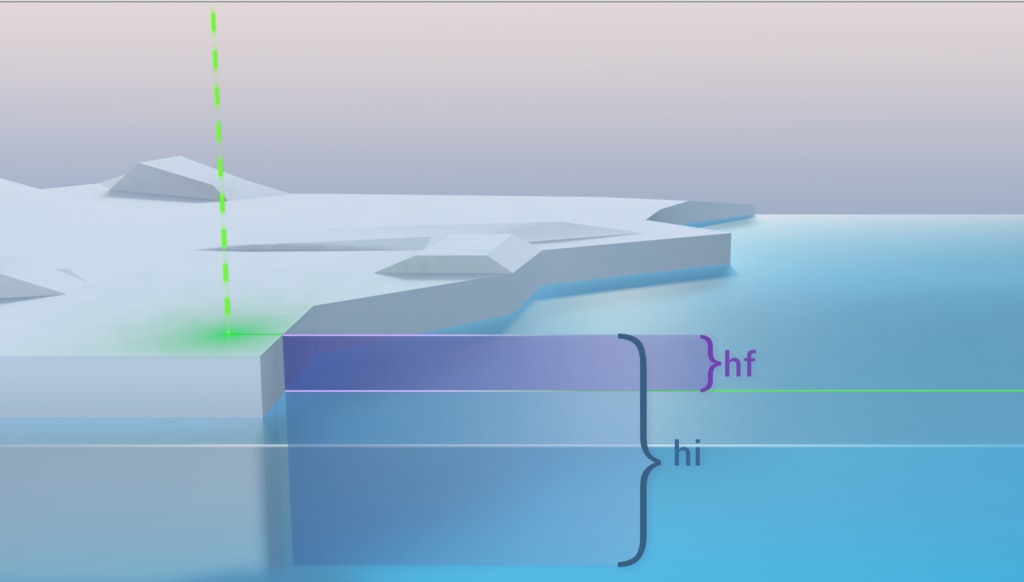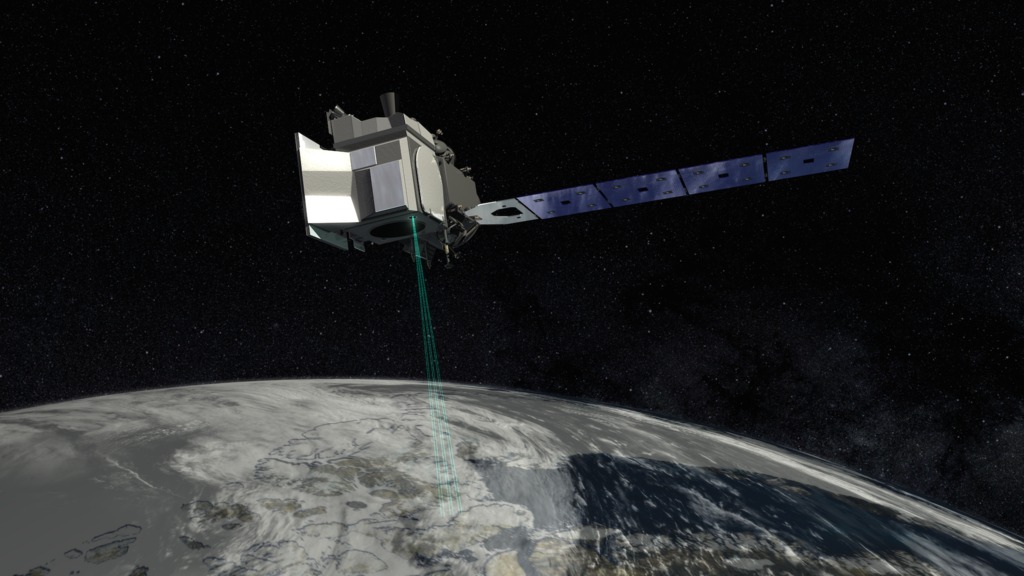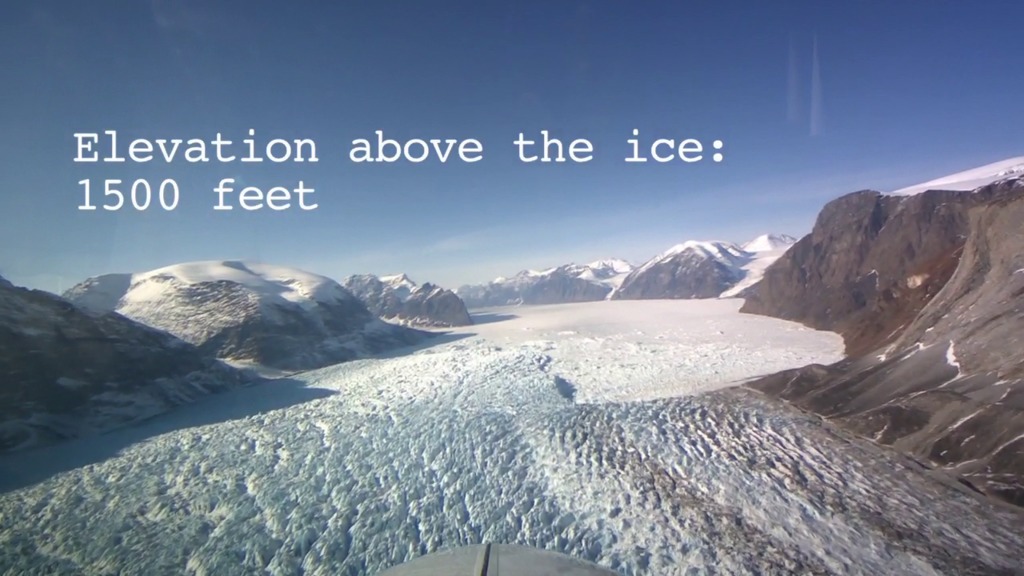New NASA Images Show Summer Melting In The Arctic Live Shots

Click HERE for quick link to audio soundbites.
Click for quick link to B-ROLL for these live shots
Click for quick link to canned interview with NASA Scientist Tom Neumann
Click for quick link to canned interview with NASA scientist Nathan Kurtz
Click for quick lin to canned interview in Spanish with NASA Scientist Edil Sepulveda
New NASA Images Show Melting As Summer Heat Bakes The Arctic
It’s been a summer of record temperatures — and even the world’s coldest places have felt the heat. As the high temperatures bake the Arctic, the Greenland ice sheet is experiencing extreme levels of ice loss. Ice on the sea surrounding the Arctic also continues to retreat.
Chat with NASA scientists on Friday, Sept. 6 from 6:00 a.m. to 12:00 p.m. EST to find out how the latest heatwave in Europe may impact the Arctic and how these dramatic changes in the Arctic can affect you.
Arctic ice both on land and sea are melting at a rapid rate, and newer ice isn't sticking around for long. The rising temperatures are causing younger, thinner ice to cover less area than in the past. Since 1980, the Arctic has lost enough sea ice volume to equal all the water in Lake Superior — one of the largest lakes in the world.
NASA is keeping a close eye on the Arctic from the ground, the air, and space to help understand how Arctic temperature change is affecting weather all around the globe. Whether 2019 will set a new record for Arctic ice loss remains to be seen, but it is tracking to be one of the top five lowest in the 40-year satellite record.
To schedule an interview, please fill out this form: https://forms.gle/x6CXSkYwAfZsPn1Z6
Interview Location: NASA’s Goddard Space Flight Center in Greenbelt, MD
Suggested Questions
1. This summer has been unusually warm around the world, but particularly in the Arctic. What do the latest images show us about this year’s summer in the Arctic?
2. One of the biggest stories this summer was the extreme melting in Greenland. How unusual has this summer been for the glaciers on land?
3. NASA’s newest Earth-observing satellite is measuring the sea ice thickness in the Arctic with unprecedented detail. What surprising things has it already discovered?
4.How do changes in the Arctic impact us when the Arctic is so far away?
5. Where can we learn more?
Satellite Coordinates: HD Satellite Coordinates for G17-K18/Lower:
Galaxy 17 Ku-band Xp 18 Slot Lower| 91.0 ° W Longitude | DL 12051.0 MHz | Vertical Polarity | QPSK/DVB-S | FEC 3/4 | SR 13.235 Mbps | DR 18.2954 MHz | HD 720p | Format MPEG2 | Chroma Level 4:2:0 | Audio Embedded
Questions? Contact michelle.z.handleman@nasa.gov or 301-286-0918
Check out this episode of NASA Explorers all about sea ice and why it's important.
B-roll for Sea Ice Live Shot.
Canned interview with Tom Neumann TRT 4:45
Canned interview with Nathan Kurtz. TRT 4:24
Canned interview in Spanish with Edil Sepulveda
For More Information
Credits
Please give credit for this item to:
NASA's Goddard Space Flight Center
-
Producers
- Michelle Handleman (USRA)
- Courtney A. Lee (ADNET Systems, Inc.)
- Isabelle Yan (NASA/GSFC)
- Madison Arnold (NASA/GSFC)
- Katie Atkinson (ADNET Systems, Inc.)
Series
This page can be found in the following series:Release date
This page was originally published on Thursday, August 29, 2019.
This page was last updated on Wednesday, May 3, 2023 at 1:45 PM EDT.
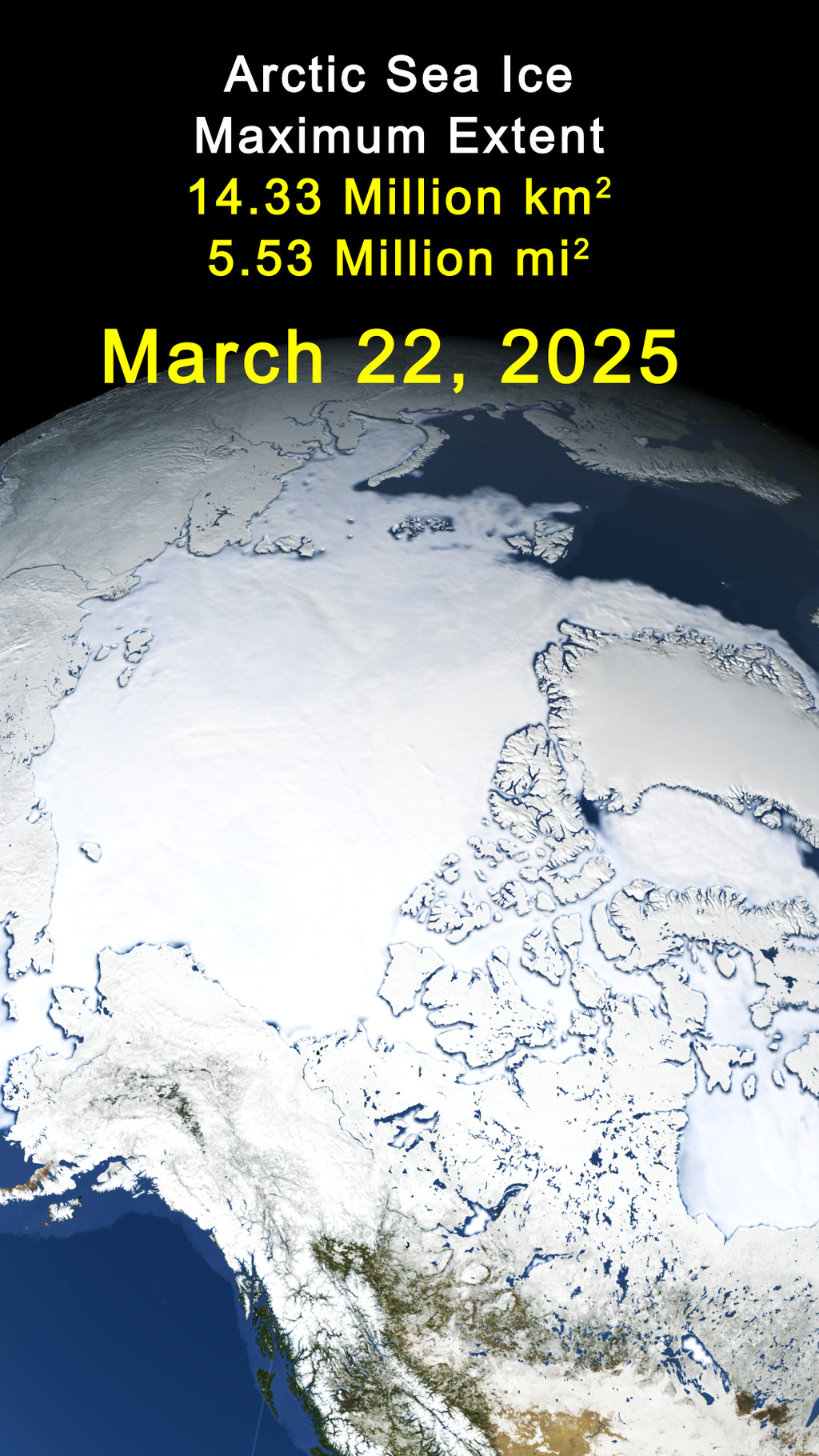

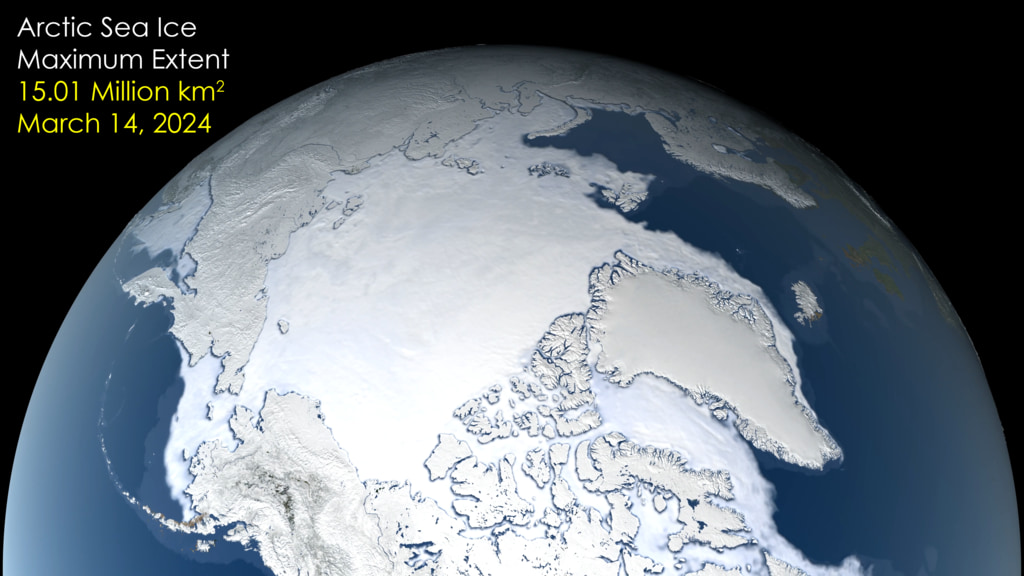
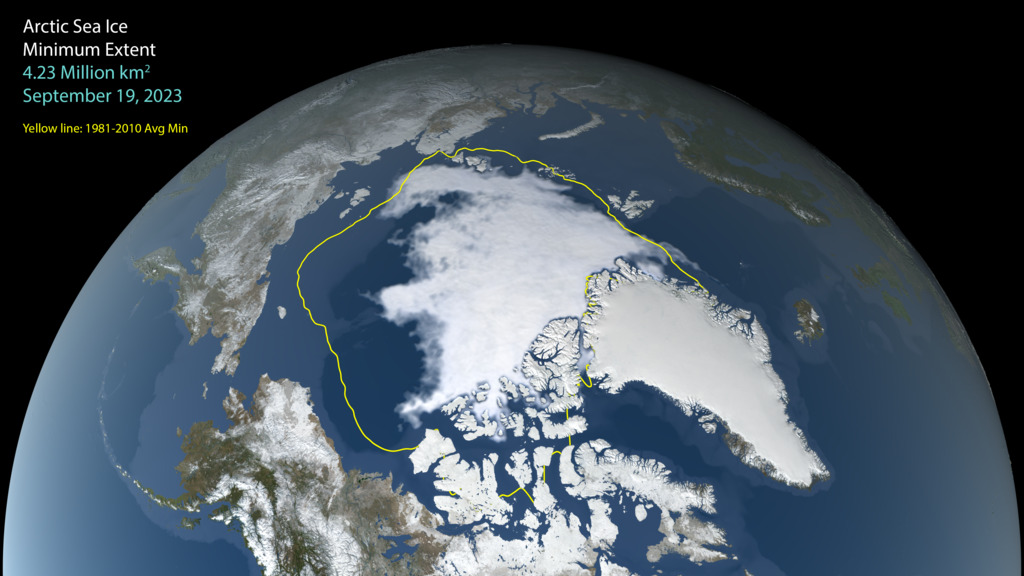

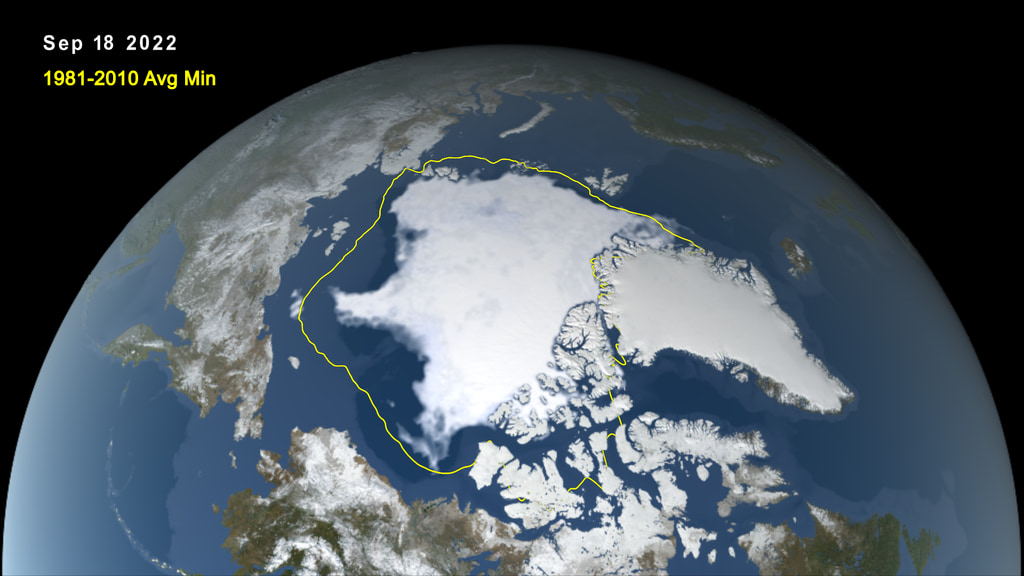

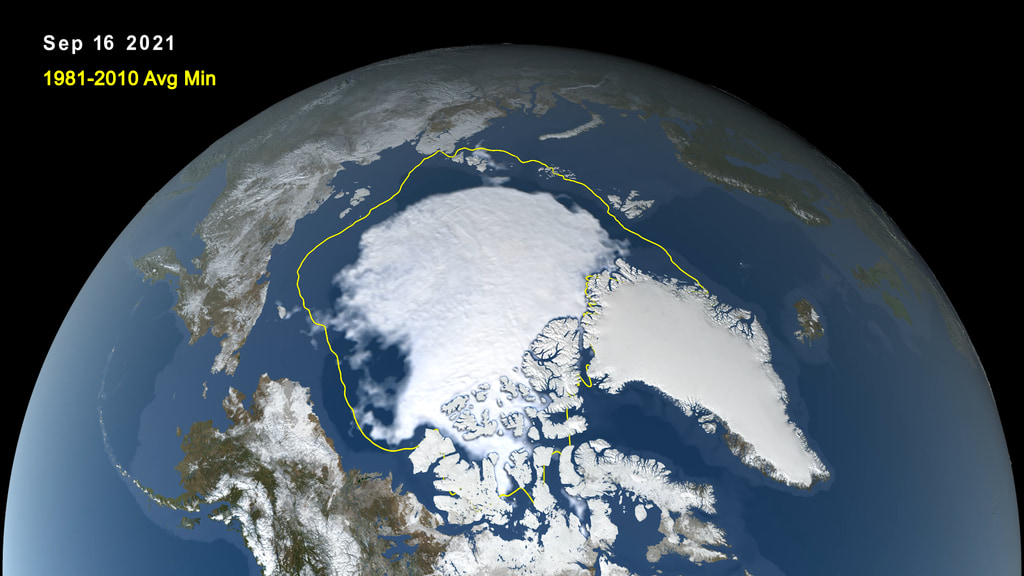
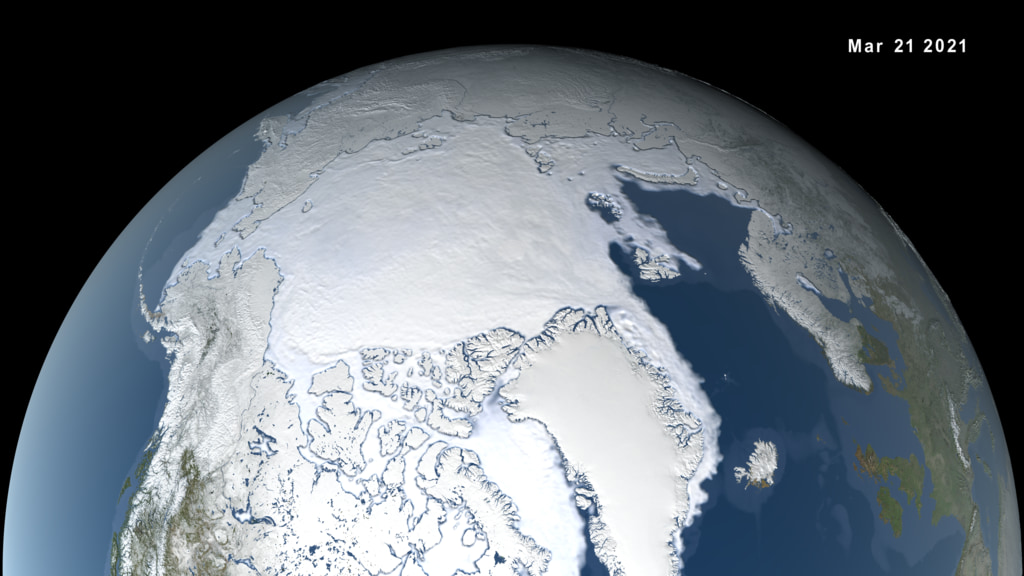
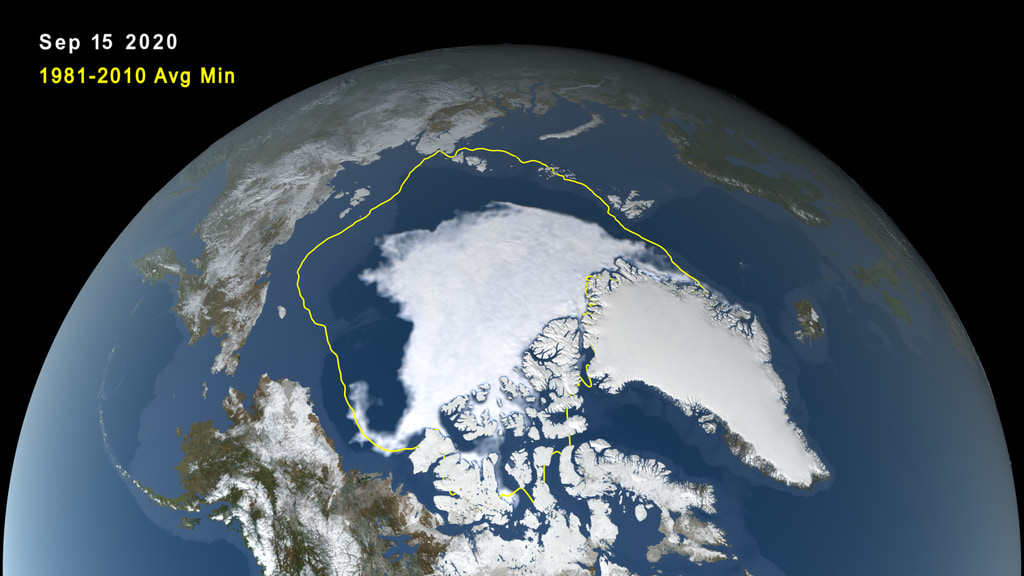
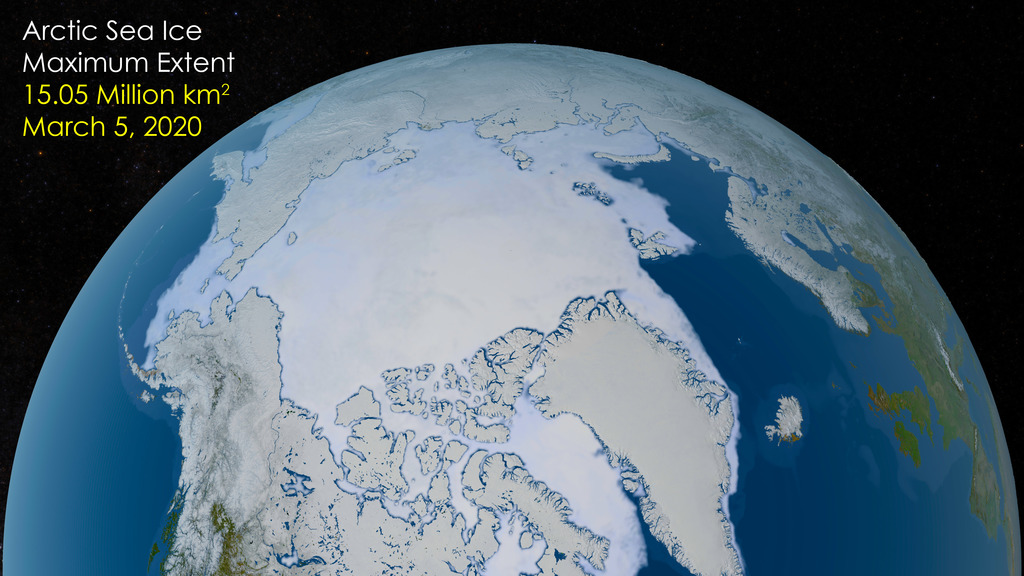

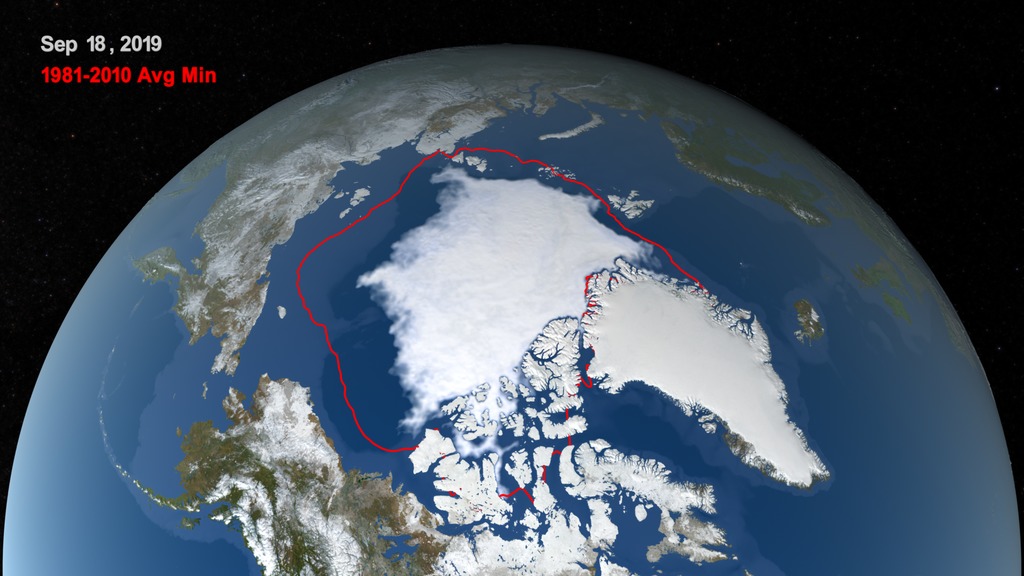
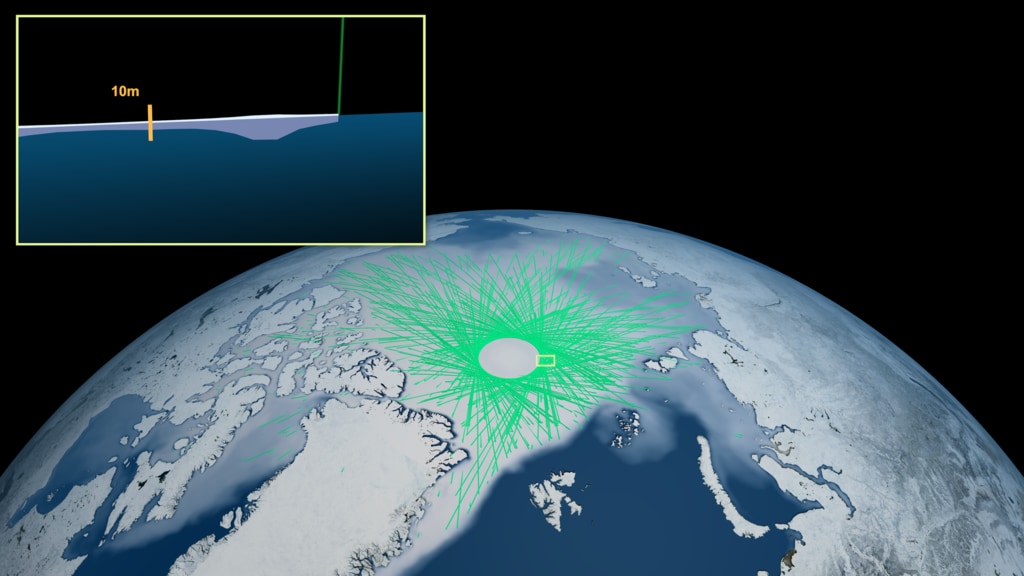
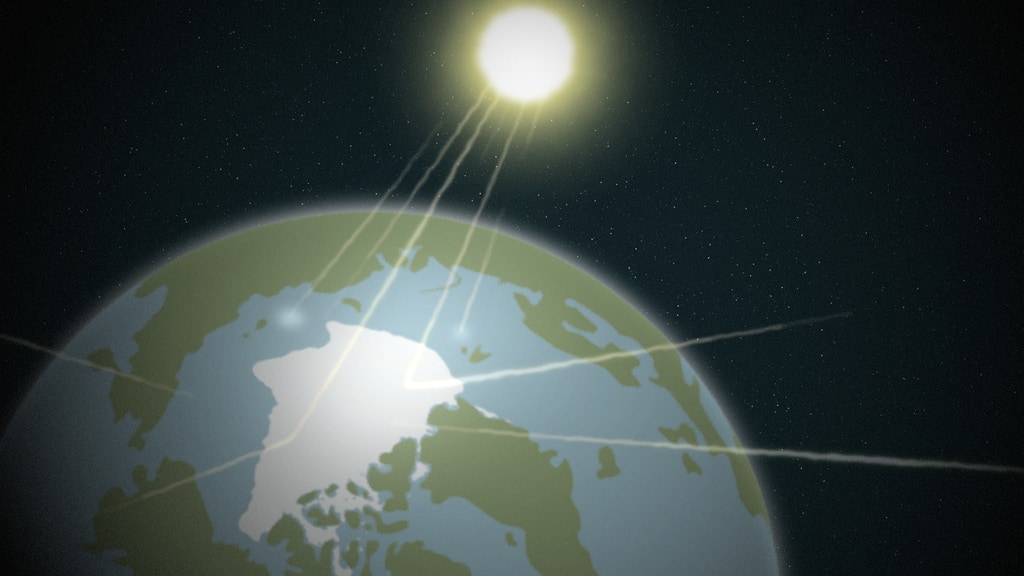
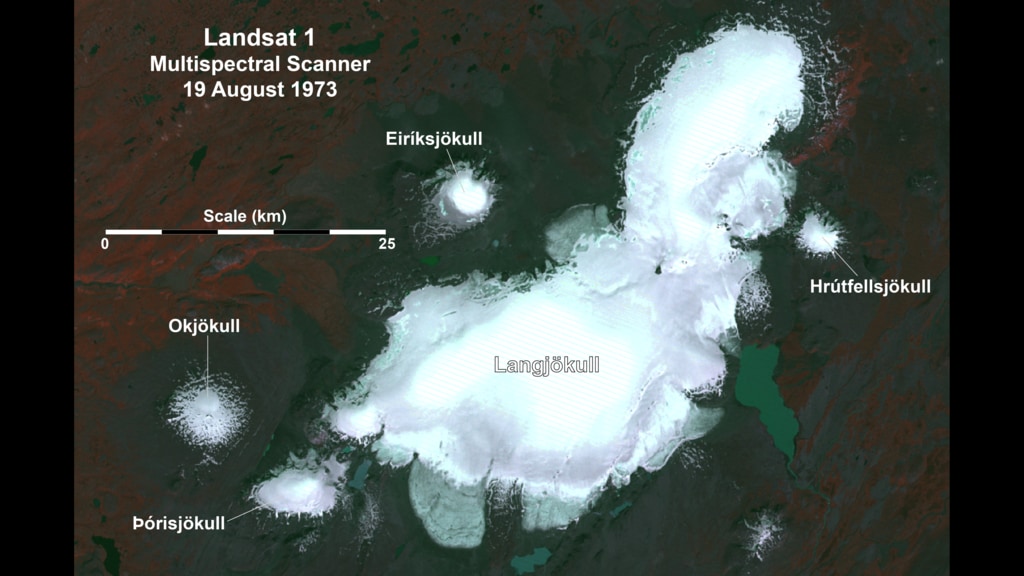
![Music: Tides by Jon Cotton [PRS], Ben Niblett [PRS]Complete transcript available.](/vis/a010000/a013200/a013233/Greenland_Still_Two.jpg)
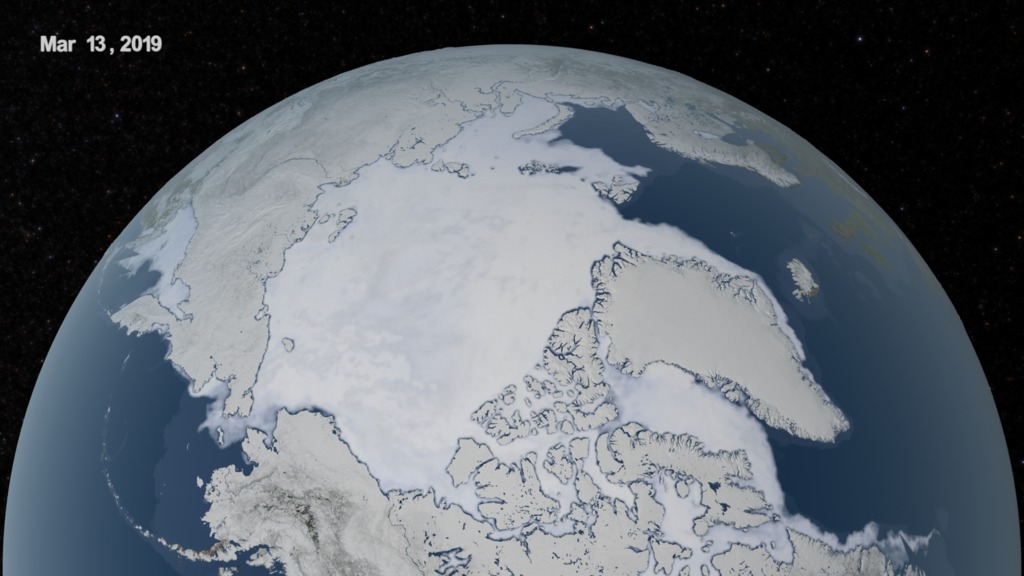
![Music: Galore by Lee Groves [PRS], Peter George Marett [PRS]Complete transcript available.](/vis/a010000/a013000/a013089/YOUTUBE_1080_13089_SeaIceThinning_youtube_1080.00001_print.jpg)
